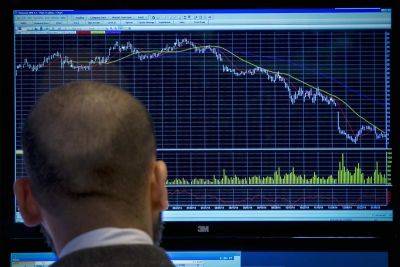Rebound in Immigration Comes to Economy’s Aid
The U.S. economy’s prospects of a soft landing are getting a boost from an unexpected source: a historic rise in immigration. The inflow of foreign-born workers, which had slowed to a trickle in the years up to and including the pandemic, is now rising briskly as the U.S.
catches up on a backlog of visa applications and the Biden administration accelerates work permits. This week, it said it would offer work permits to 470,000 Venezuelan migrants. The effect of that action won’t be immediate since it is taking an average of 12 months to issue the applicable work permit.
Still, it is one of a series of executive actions that has had the effect of boosting the inflow of foreign-born workers. That is helping ease labor shortages and wage and price pressure. While that alone doesn’t remove the risk of recession, it makes it a bit easier for the Federal Reserve to bring inflation down without a significant rise in unemployment—a so-called soft landing.
This year, average monthly growth in the foreign-born labor force is about 65,000 higher compared with 2022 on a seasonally adjusted basis, a Goldman Sachs analysis found. After plunging at the start of the pandemic, the size of the foreign-born labor force has rebounded, nearing 32 million people in August. Foreign-born workers’ share of the labor force—those working or looking for work—reached 18% in 2022, the highest level on record going back to 1996, according to the Labor Department.
Read more on livemint.com




 livemint.com
livemint.com


















